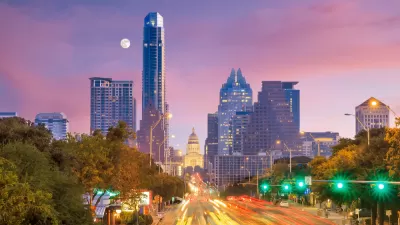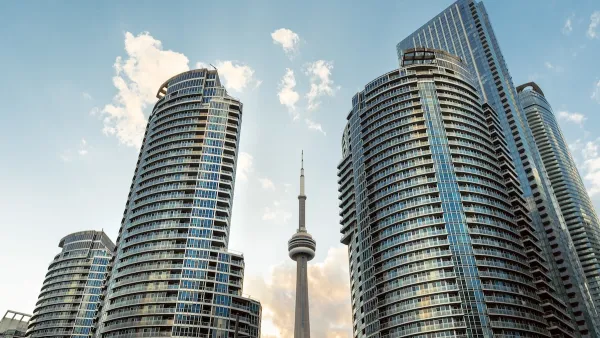The unique conditions created during the last few years have upended the U.S. housing market and led to some unusual trends.

Reporting for Bloomberg, Tracy Alloway and Joe Weisenthal examine the weirdness in today’s unprecedented housing market.
“Yes, mortgage rates have shot up, crimping affordability. But at the same time, unlike in the era prior to 2008 and the bursting of the subprime mortgage bubble, there are very few forced sellers and therefore very little inventory.” This leaves experts with little previous experience to draw on. “A lot of these statistics that we use to forecast things like housing activity, and by that we mean home sales or housing starts as well as home prices, are at levels that we either haven't seen before, or if we've seen them, we haven't seen them for decades,” said James Egan, Morgan Stanley’s US housing strategist.
The authors include seven charts that illustrate the strange conditions making today’s housing market the most unusual in recent memory. For example, “The jump in home prices combined with increasing mortgage rates means that housing affordability is now deteriorating at an unprecedented pace, especially when compared to average income.” Meanwhile, “That homeowners who were lucky enough to secure lower rates don’t have much reason to sell into an environment of higher mortgage rates and softening prices, helps create a ‘lock-in’ effect as existing homeowners refuse to put their houses on the market.”
FULL STORY: Here’s How Weird Things Are Getting in the Housing Market

Maui's Vacation Rental Debate Turns Ugly
Verbal attacks, misinformation campaigns and fistfights plague a high-stakes debate to convert thousands of vacation rentals into long-term housing.

Planetizen Federal Action Tracker
A weekly monitor of how Trump’s orders and actions are impacting planners and planning in America.

San Francisco Suspends Traffic Calming Amidst Record Deaths
Citing “a challenging fiscal landscape,” the city will cease the program on the heels of 42 traffic deaths, including 24 pedestrians.

Defunct Pittsburgh Power Plant to Become Residential Tower
A decommissioned steam heat plant will be redeveloped into almost 100 affordable housing units.

Trump Prompts Restructuring of Transportation Research Board in “Unprecedented Overreach”
The TRB has eliminated more than half of its committees including those focused on climate, equity, and cities.

Amtrak Rolls Out New Orleans to Alabama “Mardi Gras” Train
The new service will operate morning and evening departures between Mobile and New Orleans.
Urban Design for Planners 1: Software Tools
This six-course series explores essential urban design concepts using open source software and equips planners with the tools they need to participate fully in the urban design process.
Planning for Universal Design
Learn the tools for implementing Universal Design in planning regulations.
Heyer Gruel & Associates PA
JM Goldson LLC
Custer County Colorado
City of Camden Redevelopment Agency
City of Astoria
Transportation Research & Education Center (TREC) at Portland State University
Jefferson Parish Government
Camden Redevelopment Agency
City of Claremont





























